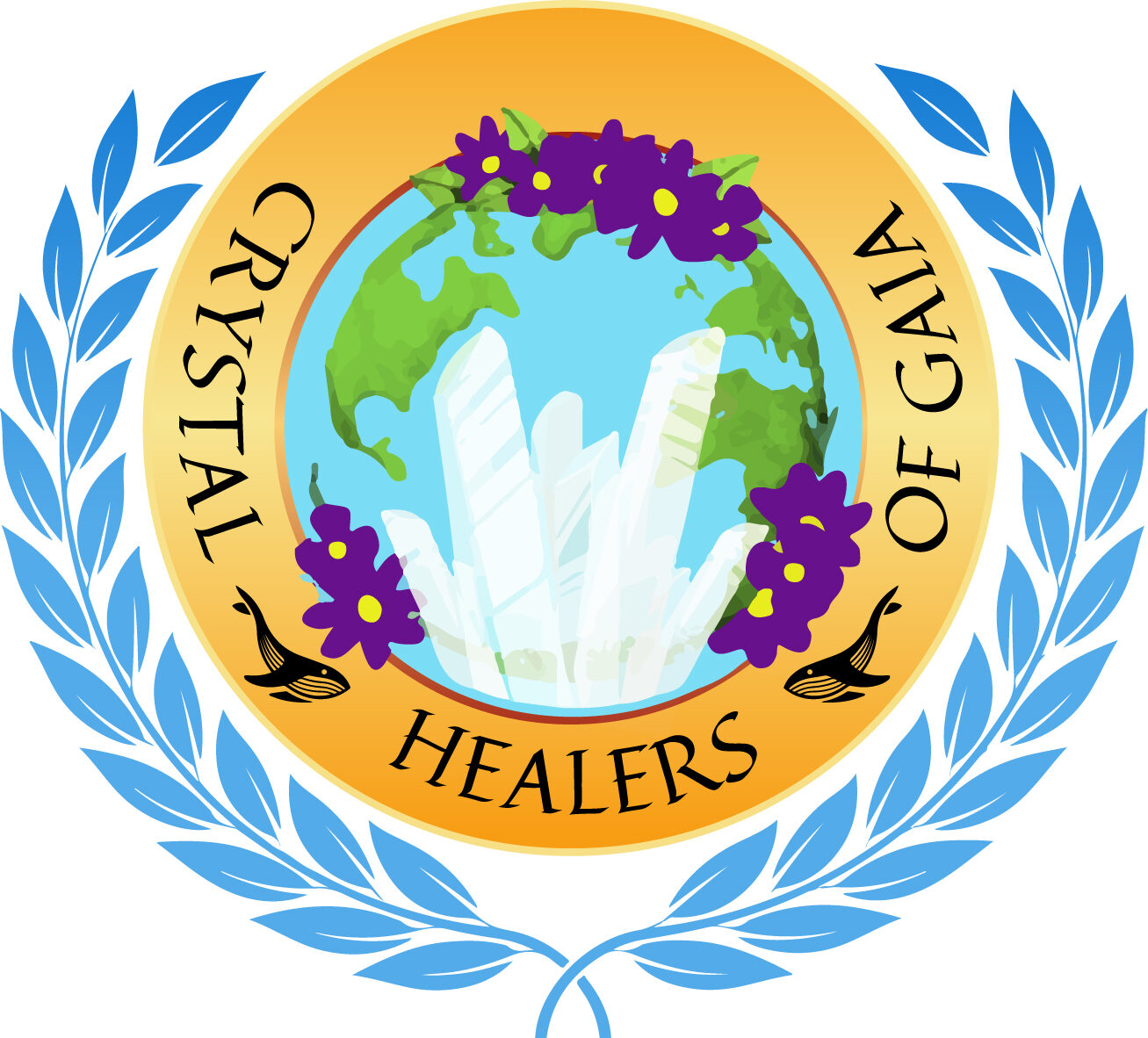Addressing Namibia’s Housing Crisis with Sustainable Innovation
Namibia is facing a significant housing crisis, characterized by a shortage of affordable and sustainable housing options. In response to this challenge, an innovative development project has emerged, leveraging mushroom waste and encroacher bushes to construct eco-friendly homes.
Sustainable Materials: Mushroom Waste and Encroacher Bushes
The project’s approach is noteworthy for its use of unconventional yet sustainable materials. Mushroom waste, a by-product of mushroom farming, is utilized in building materials. This organic waste is processed into a form that can be used in construction, providing a sustainable alternative to traditional building materials.
Encroacher bushes, which are invasive species that replace native grasses and negatively affect groundwater supply, are another key element in this project. These bushes are repurposed into building materials, addressing two issues simultaneously: reducing the impact of invasive species and providing a resource for construction.
Environmental and Social Benefits
This project not only offers a solution to the housing crisis but also brings multiple environmental benefits. By using encroacher bushes, the project helps mitigate the negative effects of these invasive species on local ecosystems and water resources. Additionally, by recycling mushroom waste, the project reduces the environmental footprint of waste disposal and promotes a circular economy.
From a social perspective, the project provides affordable housing options for those in need. By integrating sustainable practices into housing development, it aligns with global efforts to create resilient and eco-friendly communities.
Conclusion
The innovative use of mushroom waste and encroacher bushes in Namibia’s housing development is a remarkable example of how sustainable practices can address complex issues. This approach not only tackles the housing crisis but also contributes to environmental conservation and the circular economy. As the project progresses, it may serve as a model for other regions facing similar challenges, demonstrating the potential of creative solutions in sustainable development.


Add your first comment to this post